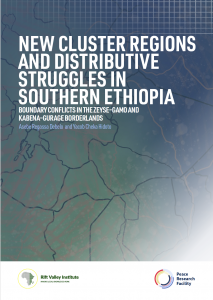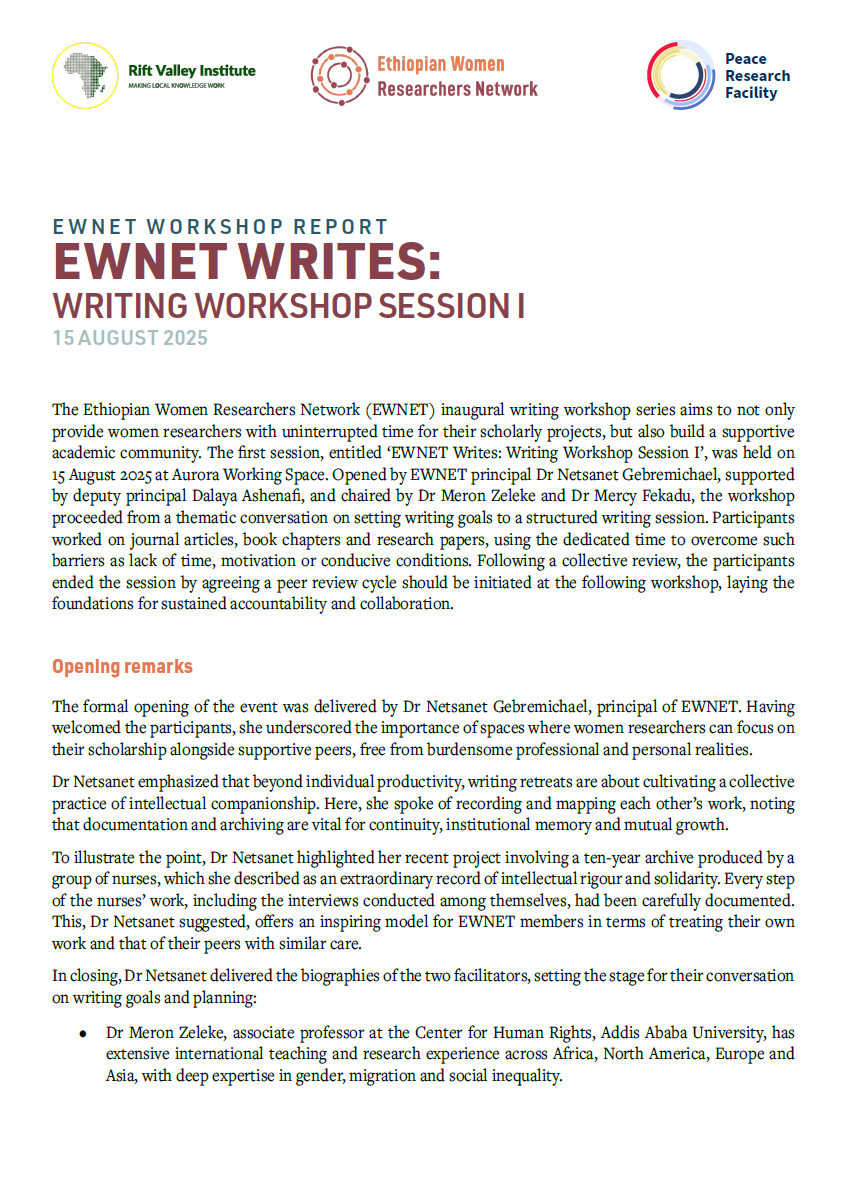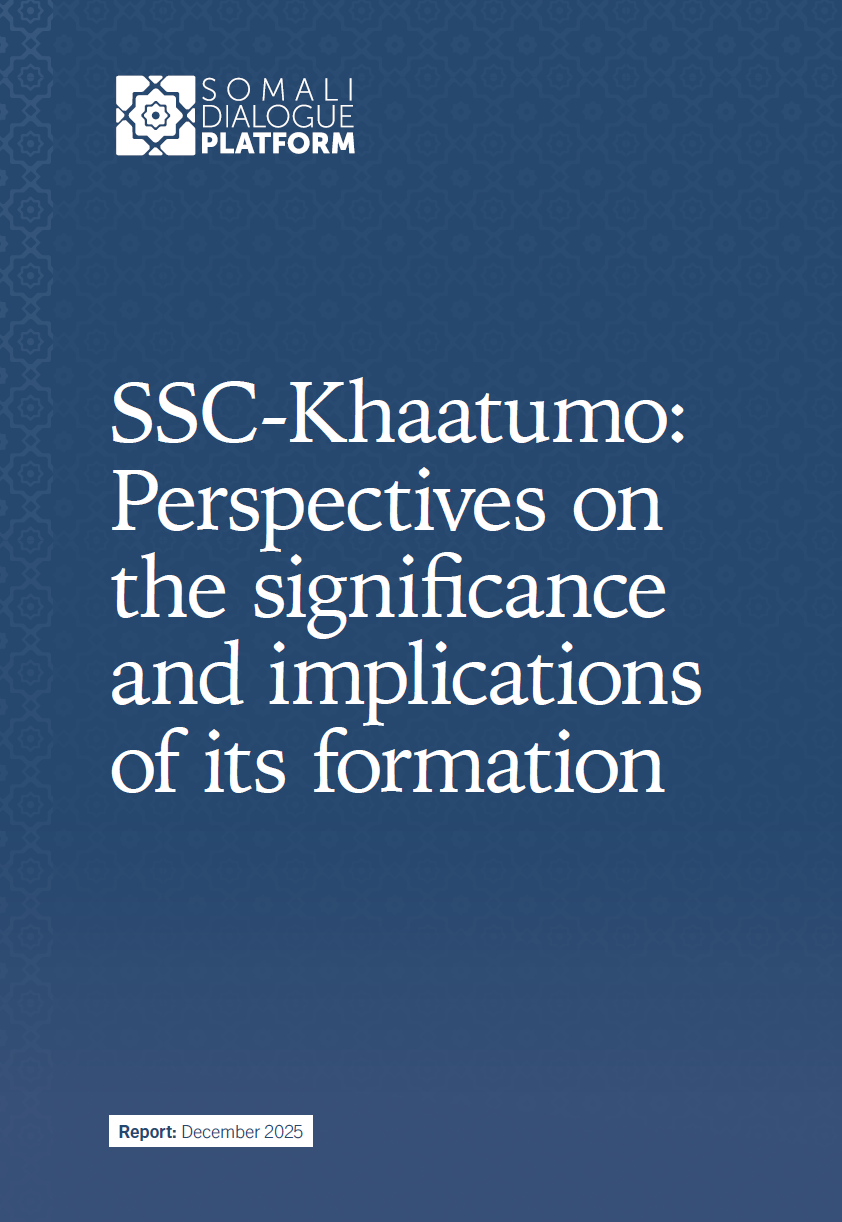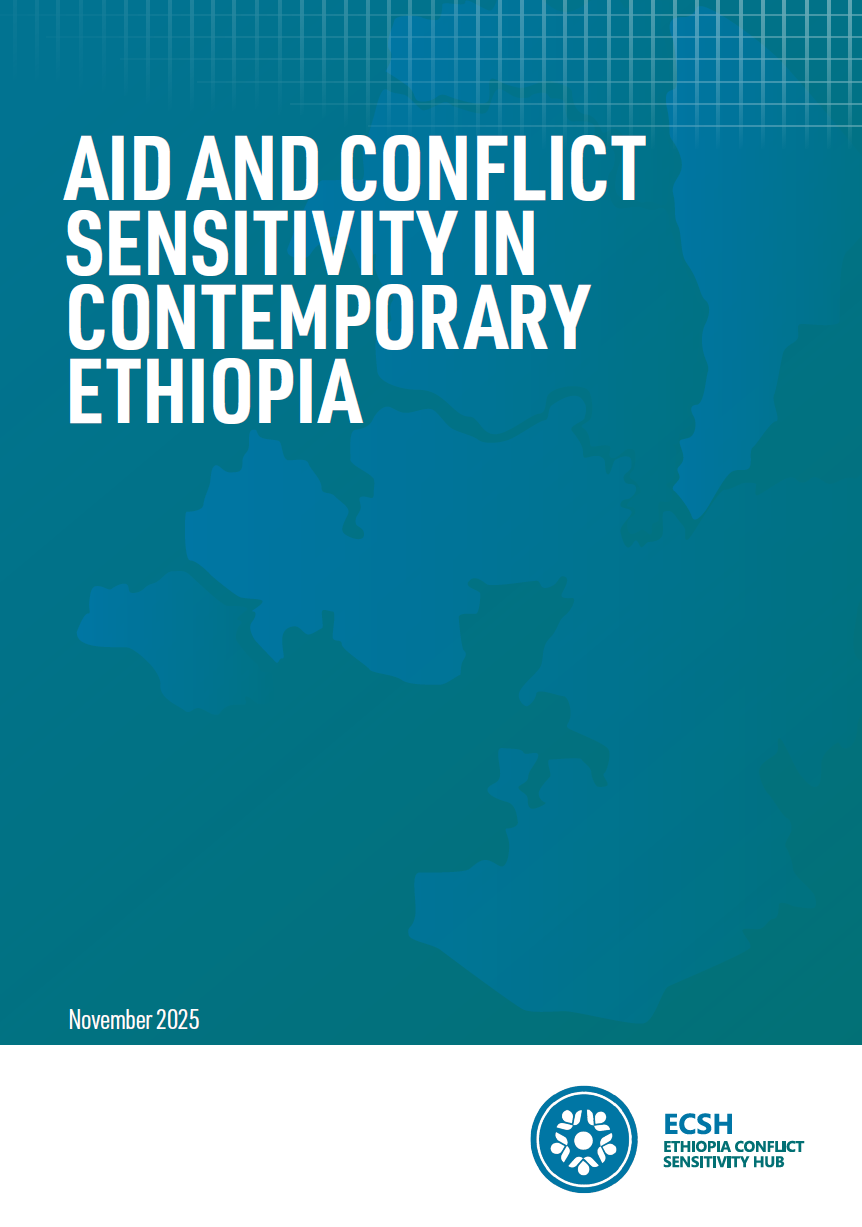- This report focuses on tension between the Zeyse and Gamo and the Kabena and Gurage ethnic groups in the context of the administrative cluster approach taken in southern Ethiopia since 2018.
- Ethiopia has been experiencing an increase in violent conflicts associated with borders and self-administration demands in the post-2018 period. The Prosperity Party (PP) government has in part attempted to address the peace and security challenges by reconfiguring regional and local administrations, especially in the former Southern Nations, Nationalities and Peoples’ Regional State (SNNPRS).
- SNNPRS can be viewed as a microcosm of Ethiopia’s multinational federation because of its diversity, political polarization and the tension between respecting autonomy and promoting unity. Violent conflict in SNNPRS has been linked to quests for self-administration, which multiplied after the government approved the long-standing Sidama bid for statehood in 2019. Following this, similar autonomy campaigns emerged in 12 other SNNPRS zones, highlighting the need to resolve chronic border disputes and recognize the identities of groups in those areas.
- This study aims to understand the peace and conflict potential linked to the post-2018 reconfiguration of borders. It is based on two case studies. The first examines the violence that arose in Gamo zone in Zeyse-inhabited areas and the second looks at Wolkite town and the surrounding Kabena district.
- These two conflicts emerged, respectively, after the August 2023 establishment of South Ethiopia Regional State (SERS) and Central Ethiopia Regional State (CERS). This increased the number of regional states in the federation to 12. Parallel to the formation of these regions, SNNPRS began relocating regional offices to various zones to try and defuse distributive conflicts between ethnicities.
- The studies found that one cause of conflict is the prevailing top–down imposition of administrative restructuring. This is exacerbated by the closure of spaces for peaceful dialogue on vital issues, which contributes to the use of violence as a means of pursuing political and economic goals.
- Additionally, in the current context where the use of negotiation, deliberation and other traditional conflict resolution mechanisms is dwindling, social media platforms are increasingly used to incite conflict and so polarize relations between competing actors. In turn, this complicates the everyday lives of the majority of people who otherwise coexist peacefully.
- Study findings show that the lack of institutional mechanisms in place to protect the rights of minority groups and prevent the discrimination practiced by dominant groups plays a key role in sustaining conflicts.
- Border and identity-related conflicts have broad relevance in Ethiopia. Borders and borderlands are loaded with issues related to identity and resources, and reconfiguration of them without consideration of historical and contemporary claims to the spaces leads to discontent and instability.
- In post-1991 Ethiopia where territories are tied to identities, administrative reconfigurations that constrain constitutionally granted self-rule rights are likely to be counterproductive. Given continuing bids for self-administration and ongoing issues related to border demarcation and identity recognition in SERS and CERS, it is critical for the regional and federal governments to focus on protecting the basic rights of citizens, ensuring equality between groups and enforcing accountability mechanisms for regional and local authorities.
This report was written for the Ethiopia Peace Research Facility (PRF) and is part of its Knowledge for Peace (K4P) series on contested borderlands The PRF is an independent facility combining timely analysis on peace and conflict from Ethiopian experts with support for conflict-sensitive programming in the country. It is managed by the Rift Valley Institute (RVI) and funded by the UK government.
Find the Amharic version here.




